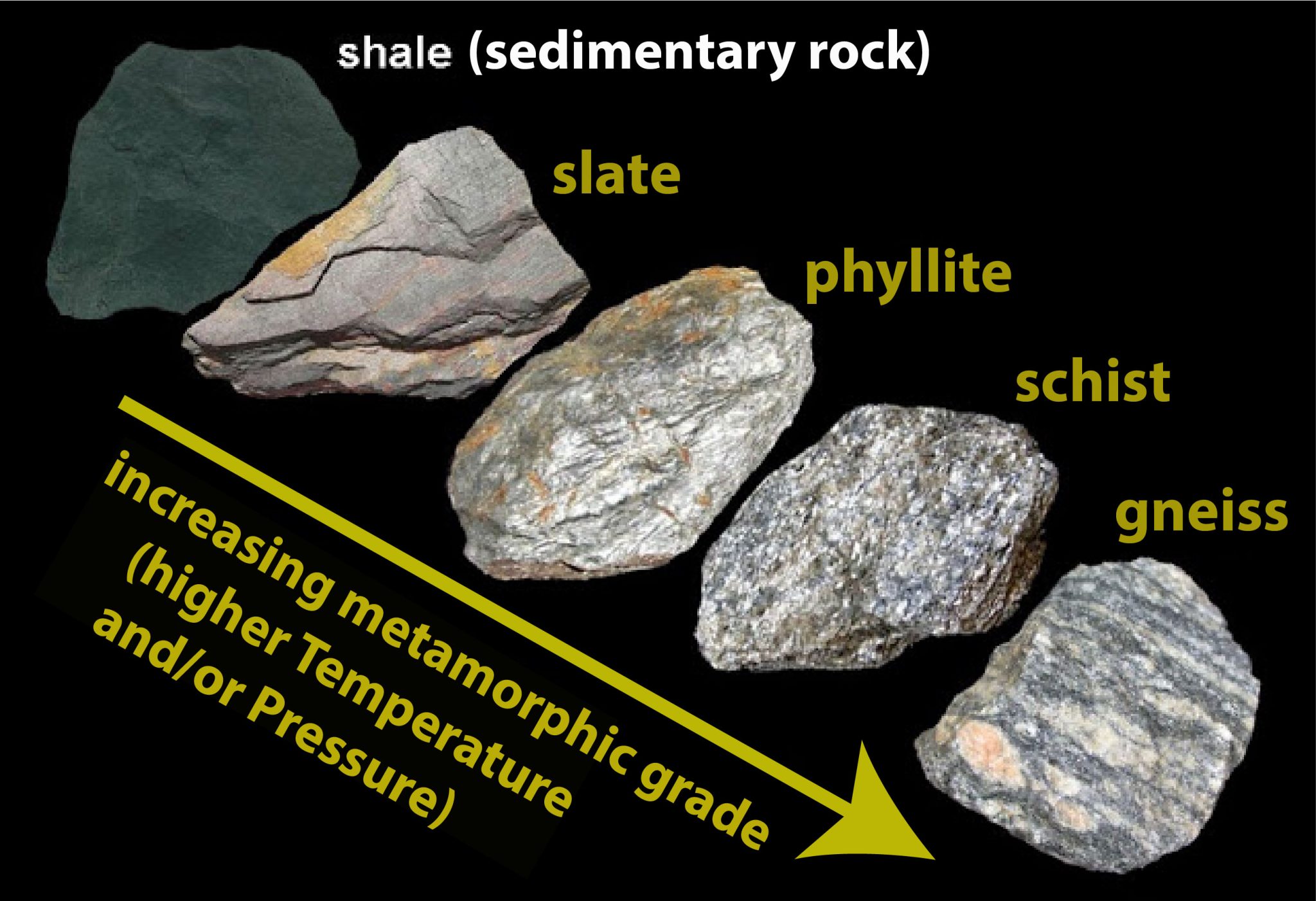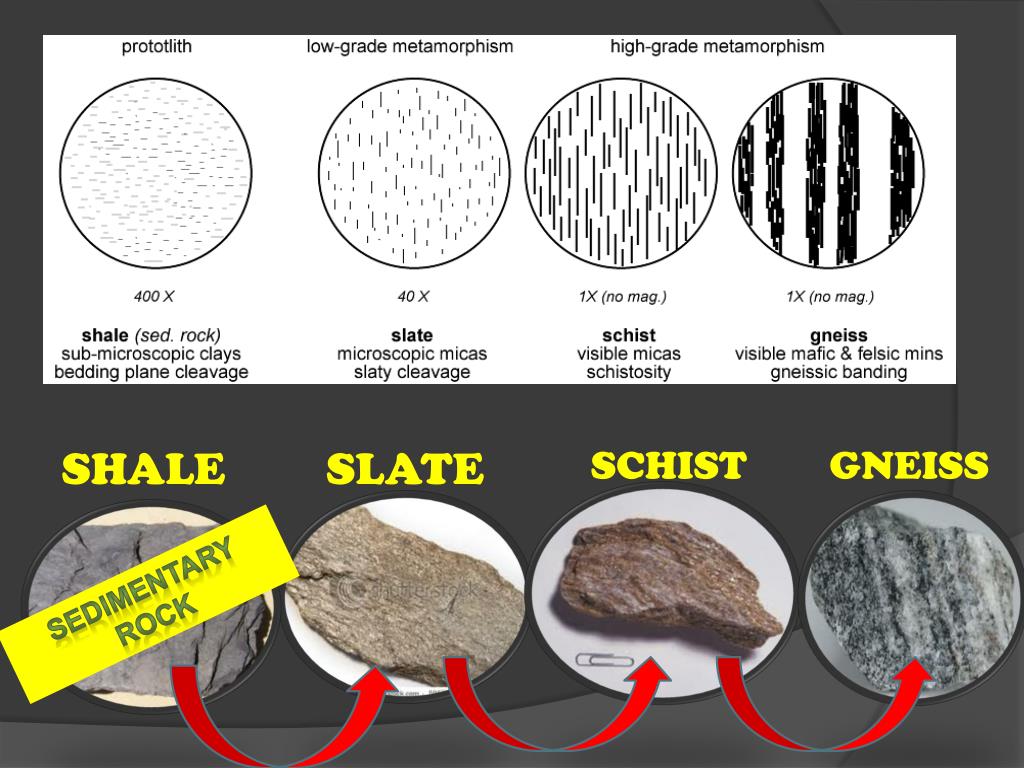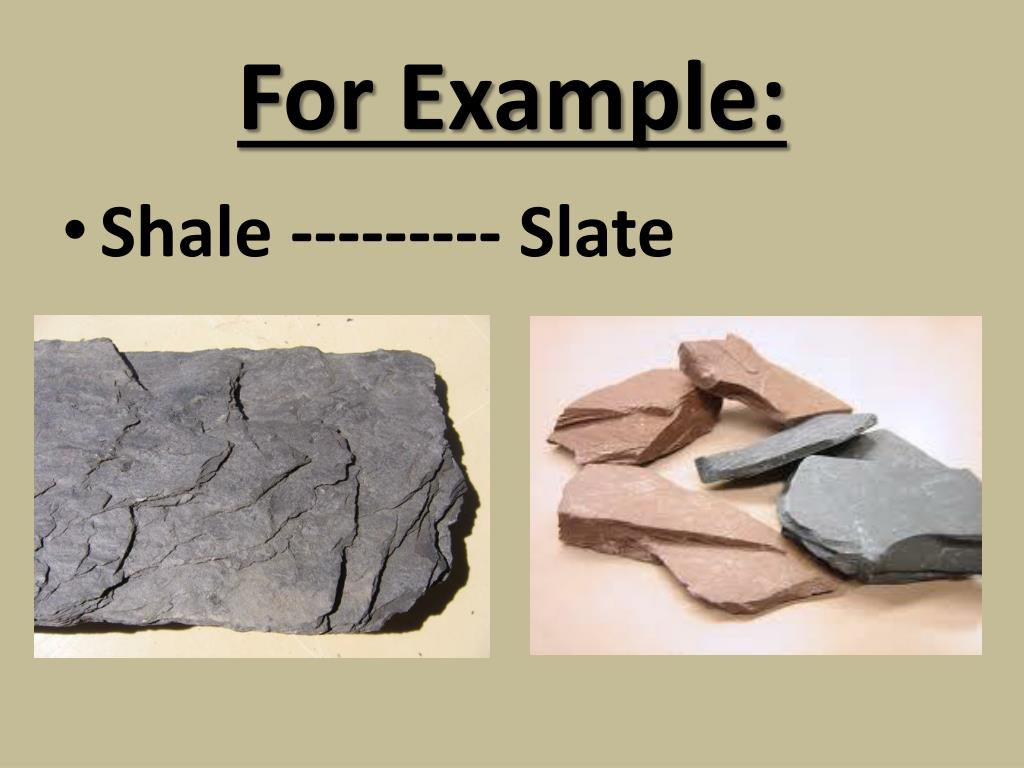Have you ever found yourself looking at a piece of stone, maybe out in nature or perhaps in a building, and wondered what kind of rock it actually was? It's a pretty common thing, and two types that often get mixed up are shale and slate. You see them around quite a bit, so it's almost a good idea to know a little about what makes them distinct. These two rocks, while they might seem similar at first glance, have very different stories to tell about how they came to be and what they're good for.
People often talk about these two in the same breath, which is that they both look like they're made of layers, and they do have a connection, actually. But, in a way, one is sort of the older, softer sibling, and the other is the tougher, transformed one. Knowing the simple facts about each can help you tell them apart, and it also sheds some light on how our planet's processes shape the very ground we walk on. It’s pretty interesting stuff, you know?
This piece will help clear up any confusion you might have about these two earthy materials. We'll explore what each rock is all about, how they are formed, what makes them unique, and even where you might typically find them. Plus, we'll talk about some of the ways people use these rocks in everyday life, and give you some handy pointers for figuring out which is which when you see them.
Table of Contents
- What's the Big Deal About Shale?
- And What About Slate?
- Where These Rocks Are Found
- Practical Uses for Shale and Slate
- Spotting the Differences Between Shale and Slate
What's the Big Deal About Shale?
So, when we talk about rocks, there are different big families they belong to based on how they were created. Shale, for instance, is a kind of rock that forms from bits and pieces of older rocks, plants, or even animal remains that settle down in layers. It's what folks call a "sedimentary" rock, meaning it comes from sediments that get pressed together over a very, very long time. It’s actually quite common, making up a huge chunk of all the sedimentary rocks you find on Earth, like almost three-quarters of them.
How Does Shale Come to Be?
To be honest, shale starts its existence as tiny particles, usually mud and clay, that get washed into quiet places like lakebeds or ocean floors. These small bits, along with other very fine mineral grains, particularly quartz and calcite, slowly pile up, one layer on top of another. Over hundreds, maybe even thousands of years, the weight of all those layers above presses down on the material below. This squeezing action, combined with the natural cementing of the tiny particles, turns the soft mud into a solid rock. It's a pretty slow process, you know?
The main stuff that makes up shale is soft clay minerals. But, you might also find some other things mixed in, like bits of old plant life or tiny pieces of shells and other chalky materials. These additions can change the look and feel of the rock a little bit. Because it’s made from these small, flat particles, shale tends to form in very thin, parallel sheets. This layering is a really important characteristic, as a matter of fact, and it helps you tell it apart from other rocks.
What Makes Shale Special?
One of the most noticeable things about shale is how it tends to break. If you were to pick up a piece, it would probably split into thin, flat pieces that often have rather sharp edges. This is because of those distinct layers we talked about earlier. Shale also comes in a surprisingly wide array of colors. You could find it in shades of red, warm browns, deep greens, various grays, and even true black. The color often depends on what other minerals or organic materials were mixed in when it was forming.
Its layered structure and the way it breaks are pretty distinctive. You can typically find shale in many places around the globe, from large open areas to places where water once flowed. It's a rock that tells a story of ancient environments where fine sediments settled gently, undisturbed for ages. In some respects, it’s like a book made of stone, with each page being a layer of history.
And What About Slate?
Now, if shale is the soft, layered sedimentary rock, then slate is its tougher, transformed cousin. Slate is a different kind of rock altogether, one that geologists call "metamorphic." This means it started out as one type of rock, in this case, shale, and then changed into something new because of heat and pressure deep inside the Earth. It’s a bit like baking a cake; you start with flour and eggs, but with heat, you get something completely different.
How Does Slate Form from Shale?
So, imagine a big bed of shale, buried deep down under many other layers of rock. This burial brings it closer to the Earth's internal warmth, and the weight of all that rock above puts a lot of squeeze on it. But here's the thing: for slate to form, it needs just the right amount of heat and pressure – not too much, or it would turn into something else entirely, like gneiss. This process, which takes many, many thousands of years, literally reshapes the clay minerals within the shale.
During this slow, deep transformation, the tiny clay particles in the original shale get realigned. They essentially flatten out and line up in parallel, creating new, incredibly fine layers within the rock. This new layering is what gives slate its famous ability to split into very thin, flat sheets, even thinner and more regular than shale. This re-arrangement is why slate is considered a "metamorphic" rock, rather than a "sedimentary" one, even though it began its life as shale. It’s a pretty cool change, you know?
Why is Slate Different from Shale?
One of the most immediate differences you'll notice between slate and its parent rock, shale, is its strength. Slate is noticeably harder and much more durable than shale. This toughness comes directly from the heat and pressure it experienced during its formation. That process makes the rock much denser and gives it a greater resistance to breaking down. It's why slate is so valued for things that need to last a long time.
While shale breaks into those thin, sharp-edged pieces, slate tends to split into much flatter, smoother, and more consistent sheets. This characteristic is called "cleavage," and it’s a hallmark of slate. The colors of slate can also be quite varied, often reflecting the original minerals in the shale it came from, including shades of gray, green, purple, and black. So, in a way, it retains some of its original identity while gaining new properties.
Where These Rocks Are Found
Shale, being the most common type of sedimentary rock, is found pretty much everywhere across the globe. You might find it in vast stretches of flat land, in riverbeds, or along coastlines where ancient seas once laid down layers of mud. It’s a very widespread rock, making up a significant portion of the Earth's outer crust. So, you know, it's not hard to stumble upon.
Slate, on the other hand, typically forms in specific geological settings. Because it needs that combination of heat and pressure to transform from shale, it's most often found in areas that have experienced significant geological activity, like where mountains have been built. These mountain-building events provide the intense squeezing and warmth necessary for the transformation to occur. So, you’re more likely to come across slate in hilly or mountainous regions, which is that it has a more specific origin story.
Practical Uses for Shale and Slate
Both shale and slate, despite their differences, have found various uses throughout human history and continue to be important today. Shale, for example, plays a pretty big part in several major industries. It’s a key component in making cement, which is a fundamental material for construction. It also sees use in ceramics, like in the creation of bricks and tiles, because of its clay content. In some places, it’s even a source of oil and natural gas, making it very important for energy production. It's quite versatile, you know?
Slate, with its strength and ability to split into thin, flat sheets, has been prized for different applications. It’s been a popular material for roofing tiles for centuries because it's so long-lasting and resists water. You also see it used for flooring, paving stones, and even as a material for billiard tables or blackboards, which are just a little bit different from roofing. Its ability to take a smooth finish and its lasting nature make it a really good choice for these kinds of things. It’s a very practical rock, basically.
Spotting the Differences Between Shale and Slate
If you’re trying to figure out if you’re looking at shale or slate, there are a few simple things you can check. First off, take a very close look at the grain size. With shale, the individual grains that make it up are so tiny that you generally can’t see them with your bare eyes. It looks like a smooth, uniform surface, even though it's made of many small particles.
Next, pay attention to how the rock breaks or how it's layered. Shale tends to break along those thin, parallel layers we talked about, often leaving somewhat rougher, more uneven surfaces and sharp edges. Slate, however, will typically split into much thinner, flatter, and smoother sheets. It’s almost like it’s designed to come apart in neat planes.
Finally, consider the feel and sound. Slate usually feels much harder and denser when you hold it, and if you tap it gently, it might produce a clearer, more ringing sound compared to shale, which might sound a bit duller. The durability is a pretty big giveaway, too. If it seems tough and doesn't crumble easily, it's more likely slate. These simple observations can really help you tell these two very common, yet distinct, rocks apart.
So, we've gone over what shale is, how it forms from fine sediments, and its common uses in construction and energy. We also looked at slate, how it comes from shale through heat and pressure, making it much harder and more durable. We covered where you might find each of these rocks and some of the ways they are put to use. Finally, we touched on some easy ways to tell them apart, like checking their grain size and how they break.


